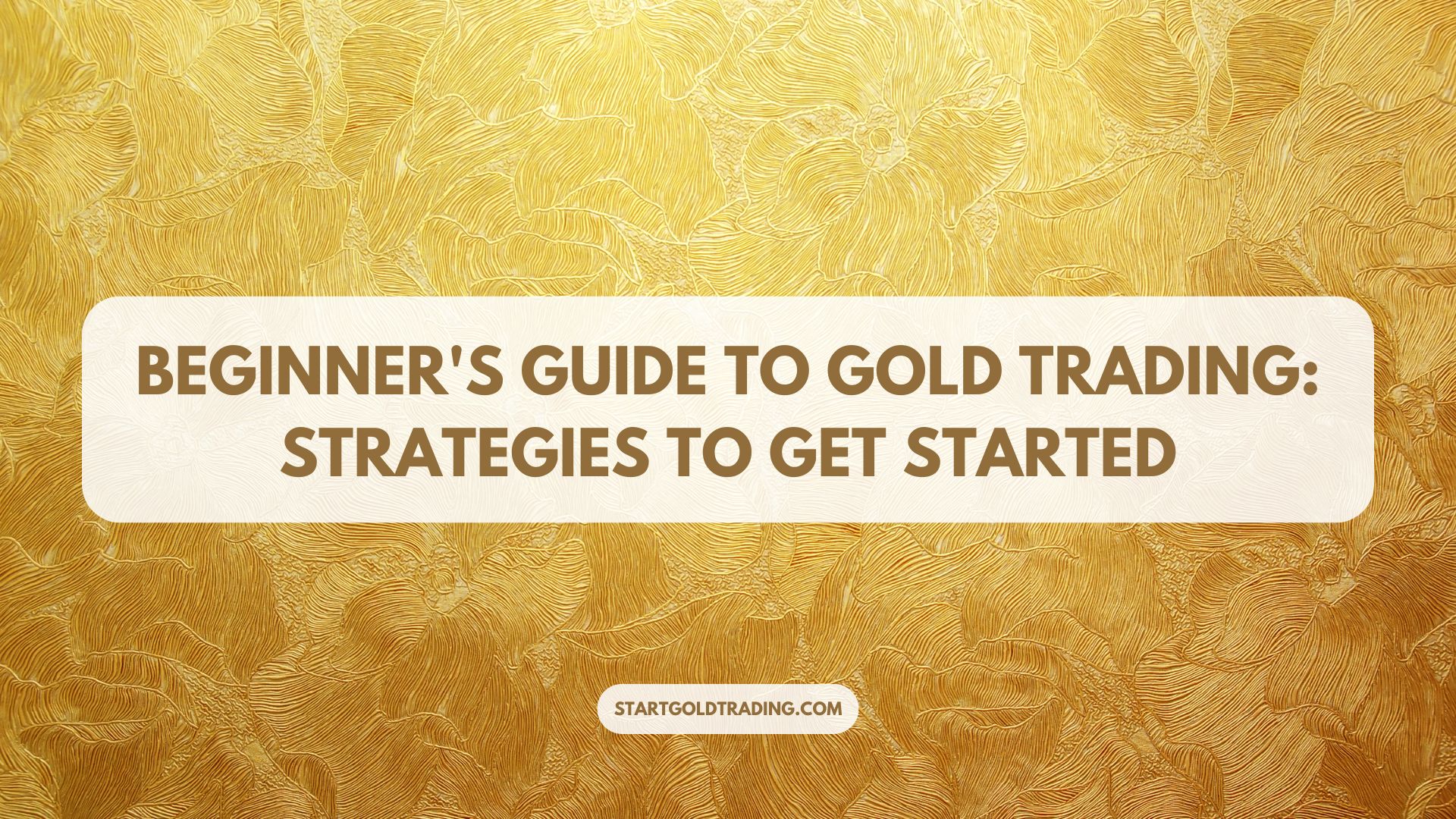Gold trading offers an exciting opportunity for traders looking to profit from price movements in one of the world’s most valuable commodities. Whether you’re interested in short-term trades or long-term investments, understanding key trading strategies is essential to your success.
This guide will help beginners choose a trading style, understand leverage and margin, and develop a solid trading plan to start trading gold effectively.
1. Choosing a Trading Style: What Works Best for You?
Before placing your first trade, it’s important to decide what kind of trader you want to be. Gold trading styles can be broadly classified into three categories:
🔹 Day Trading Gold
Day trading involves opening and closing gold positions within the same day to capitalize on short-term price movements.
📌 Best for: Traders who prefer frequent action and have time to monitor the markets.
📌 Key Strategy: Use short-term indicators like Moving Averages, Bollinger Bands, and RSI.
📌 Risk Factor: High volatility means potential for quick profits, but also rapid losses.
🔹 Swing Trading Gold
Swing traders hold gold positions for several days to weeks, aiming to profit from medium-term price movements.
📌 Best for: Those who want to balance market involvement with flexibility.
📌 Key Strategy: Identify market trends using Fibonacci retracements and trendlines.
📌 Risk Factor: Moderate risk with more breathing room than day trading.
🔹 Long-Term Investing in Gold
Long-term investors buy and hold gold over months or years, treating it as a hedge against inflation or currency depreciation.
📌 Best for: Those who prefer a hands-off approach and seek portfolio diversification.
📌 Key Strategy: Focus on fundamental factors such as economic policies and interest rates.
📌 Risk Factor: Lower risk compared to short-term trading, but requires patience.
📍 Pro Tip: Not sure which style suits you? Start with a demo account to test different strategies before committing real funds.
2. Leverage and Margin in Gold Trading: How to Use It Safely
Leverage allows traders to control a larger position with a smaller amount of capital, but it also increases risk. Understanding how leverage and margin work is crucial for managing risk effectively.
🔹 What is Leverage in Gold Trading?
Leverage is expressed as a ratio (e.g., 100:1), meaning you can control $100,000 worth of gold with only $1,000 in your account.
Example:
- With 10:1 leverage: A $1,000 deposit controls $10,000 worth of gold.
- With 50:1 leverage: The same $1,000 controls $50,000 worth of gold.
📌 Pro Tip: Higher leverage increases both profit potential and risk. Beginners should start with low leverage (5:1 or 10:1) to avoid major losses.
🔹 Understanding Margin Requirements
Margin is the minimum amount of money required to open a leveraged position.
- Initial Margin: The amount you need in your account to open a trade.
- Maintenance Margin: The minimum balance required to keep your position open.
📌 Risk Management Tip: Always monitor your margin level to avoid a margin call, which occurs when your broker automatically closes your trade due to insufficient funds.
🔹 The Risks of Using Leverage
While leverage amplifies potential profits, it also increases exposure to losses.
❌ Overleveraging: Taking large positions with little capital can wipe out your account quickly.
❌ Market Volatility: Sudden gold price swings can trigger stop-loss orders too early.
❌ Interest Costs: Holding leveraged positions overnight may incur swap fees.
📌 Pro Tip: Use stop-loss orders and limit leverage to protect your capital from unexpected market moves.
3. Developing a Trading Plan: Blueprint for Success
A solid trading plan helps traders make objective, calculated decisions rather than emotional ones. Here are the key components:
🔹 1. Setting Your Trading Goals
Before entering the gold market, define your financial goals:
✅ Are you looking for short-term gains or long-term wealth preservation?
✅ How much time can you dedicate to trading?
✅ What is your risk tolerance?
🔹 2. Identifying Entry and Exit Points
Successful traders don’t enter a trade blindly. Use a combination of technical and fundamental analysis to determine entry and exit points.
📍 Entry Signals: Look for price breakouts, trend reversals, or key support/resistance levels.
📍 Exit Signals: Set profit targets or use trailing stops to lock in gains.
🔹 3. Implementing Risk Management Strategies
Risk management ensures you don’t lose more than you can afford.
✅ Stop-Loss Orders: Set stop-loss levels to limit downside risk.
✅ Position Sizing: Never risk more than 1-2% of your trading capital per trade.
✅ Diversification: Don’t put all your capital in one trade; spread it across different positions.
🔹 4. Tracking and Improving Performance
Keeping a trading journal allows you to analyze your trades and refine your strategy over time.
📌 What to Record in Your Journal:
- Entry and exit prices
- Reason for entering the trade
- Market conditions at the time
- Profit or loss
- Lessons learned
📍 Pro Tip: Reviewing past trades helps identify strengths and weaknesses, improving your future decision-making.
Final Thoughts: Start Trading Gold with Confidence
Trading gold can be highly rewarding, but it requires the right strategy, risk management, and discipline to succeed.
✅ Key Takeaways:
✔ Choose a trading style that fits your goals (day trading, swing trading, or long-term investing).
✔ Understand how leverage and margin work to avoid unnecessary risks.
✔ Develop a structured trading plan with clear entry/exit rules and risk management.
✔ Keep learning, track your trades, and adjust your strategy based on performance.
Starting with small, calculated trades and practicing on a demo account can help you build confidence before transitioning to real trading.
📌 Ready to trade gold? Open an account and start applying these strategies today! 🚀

